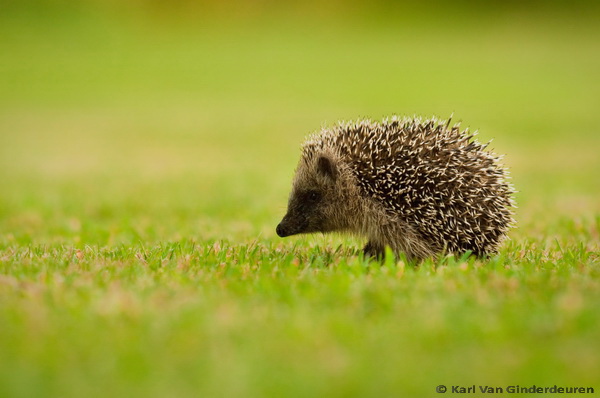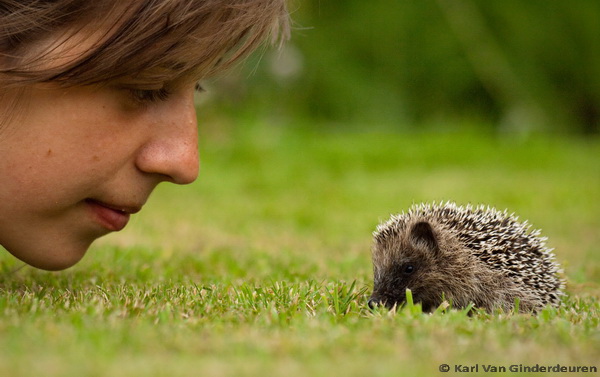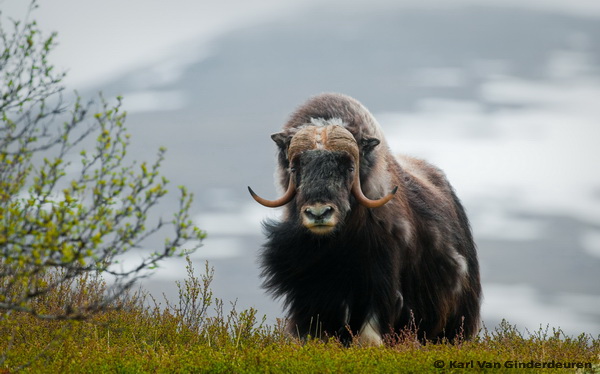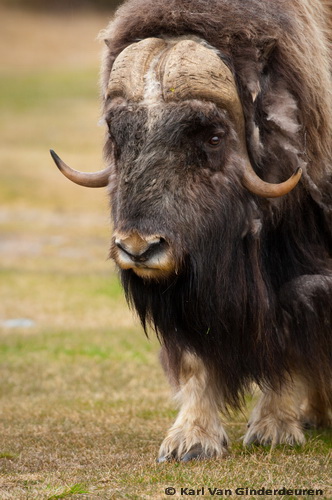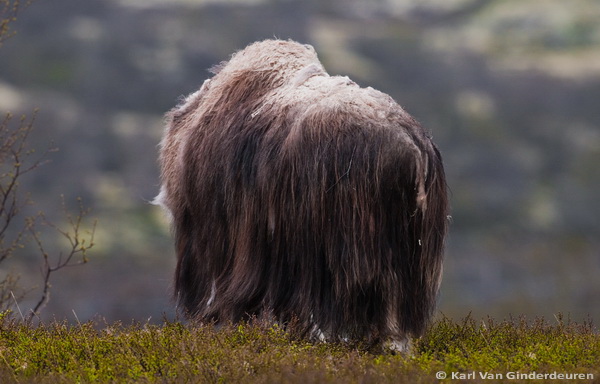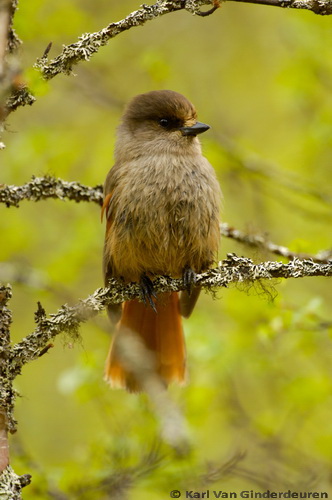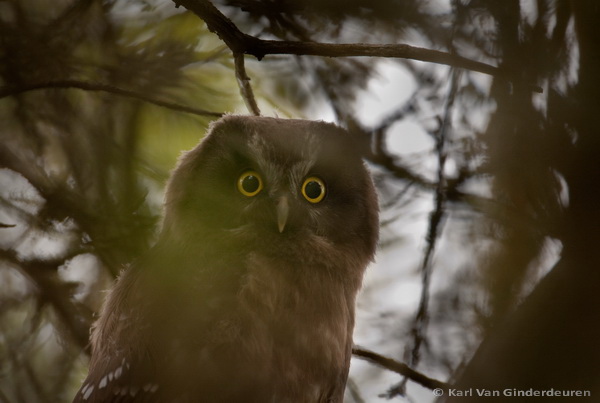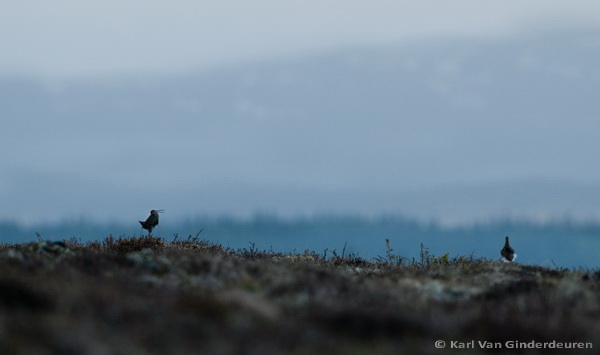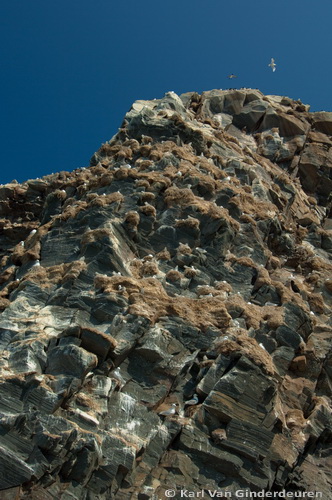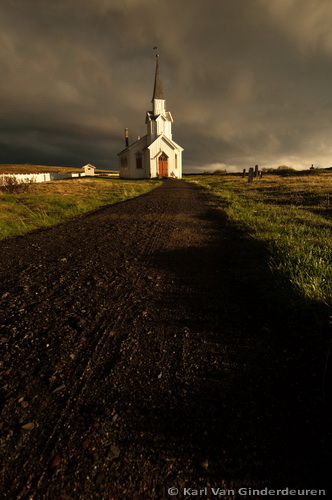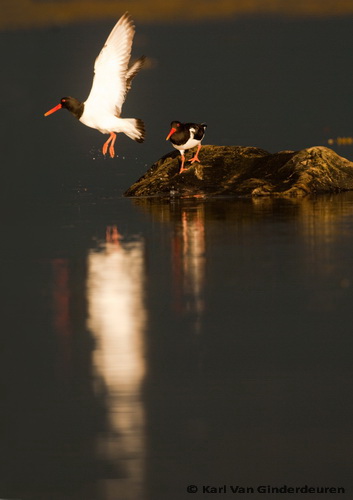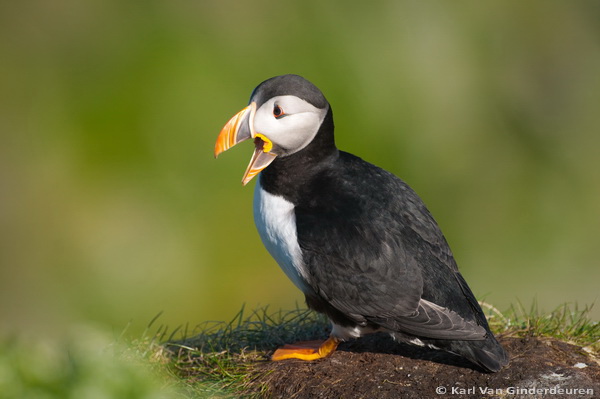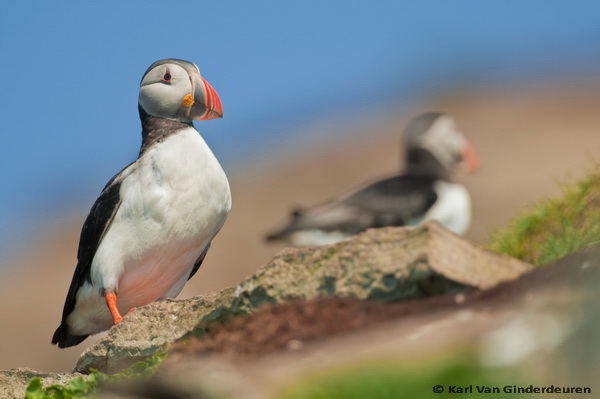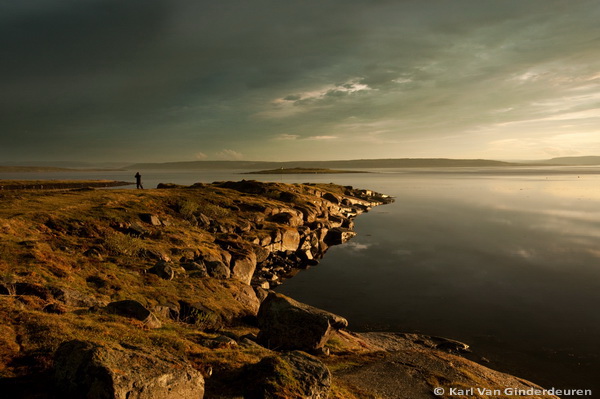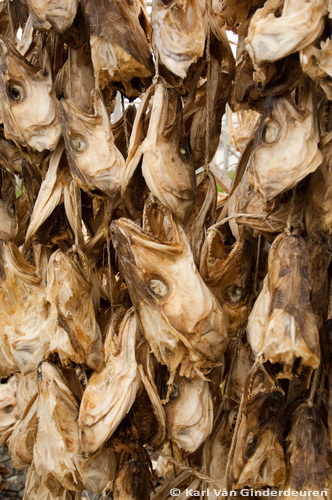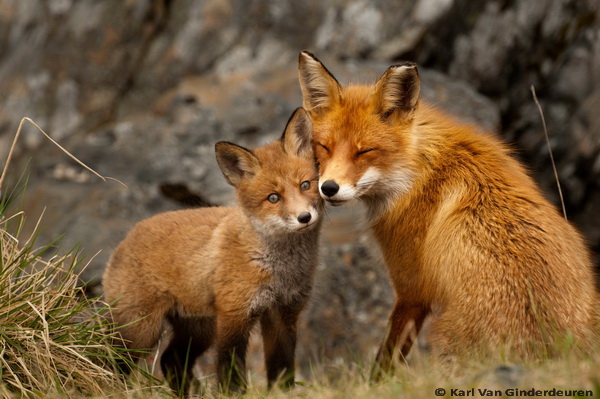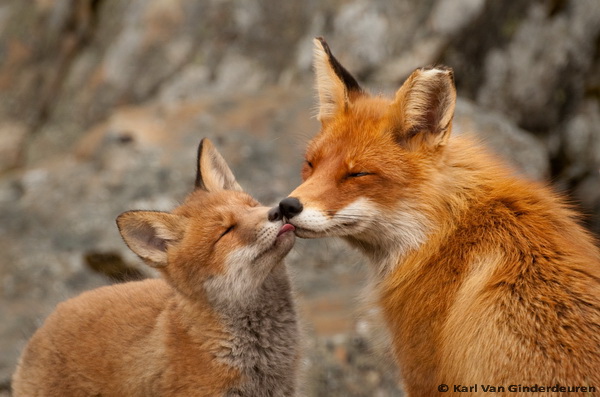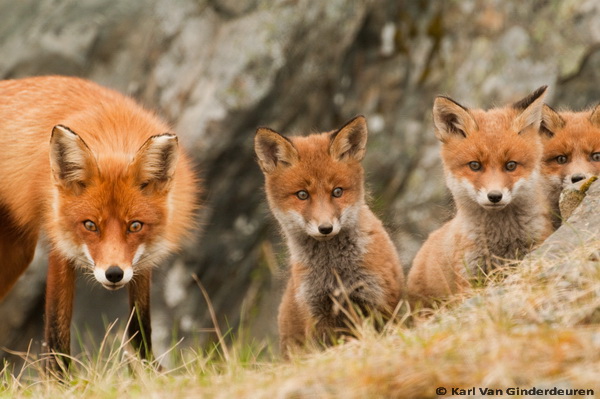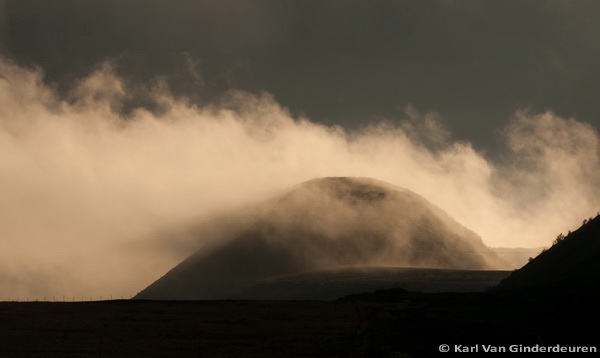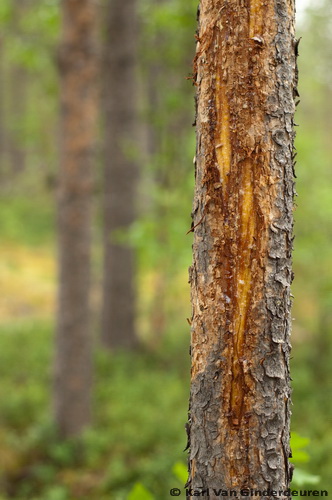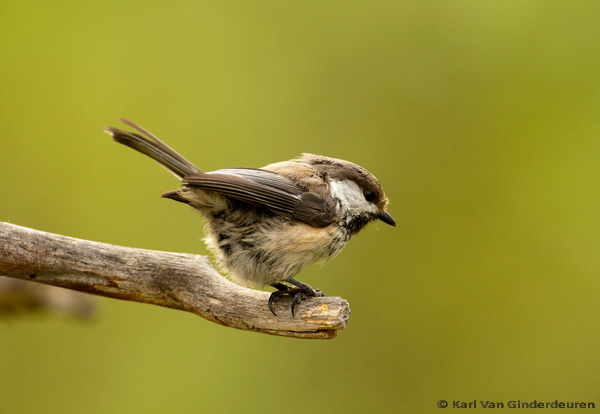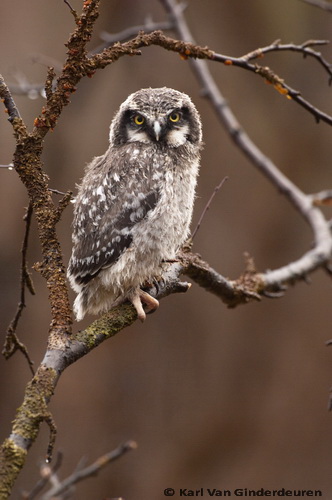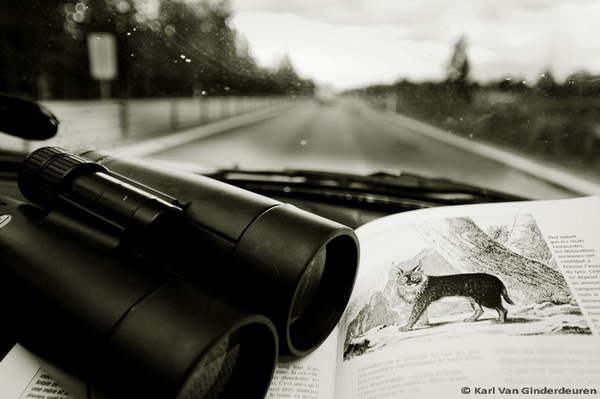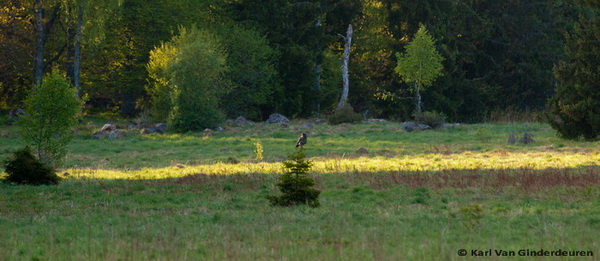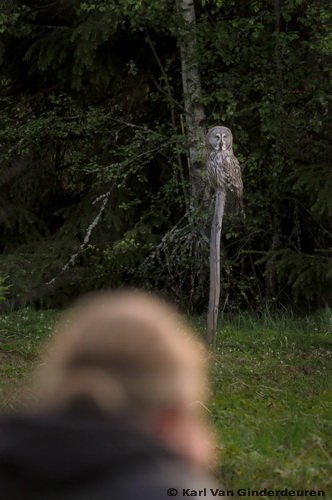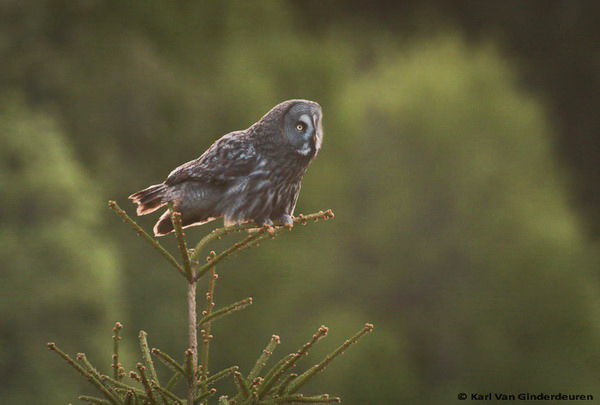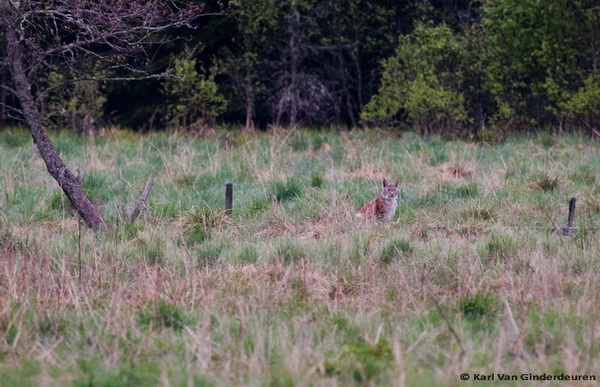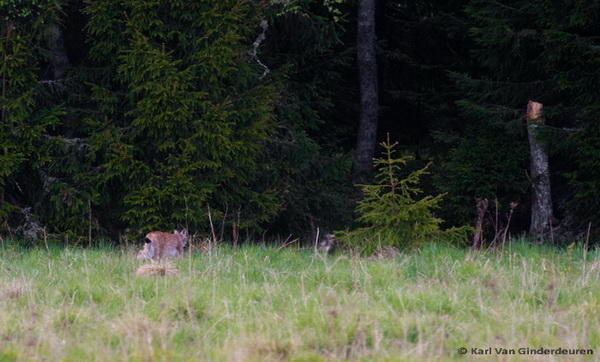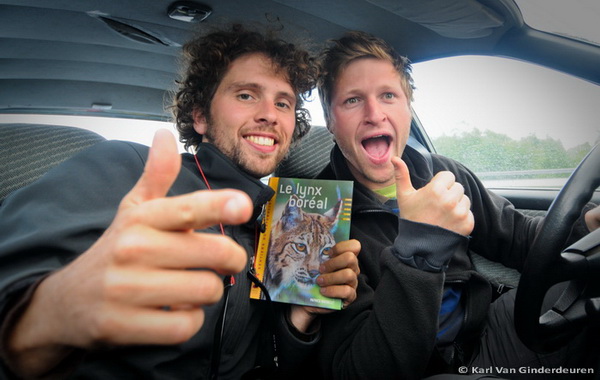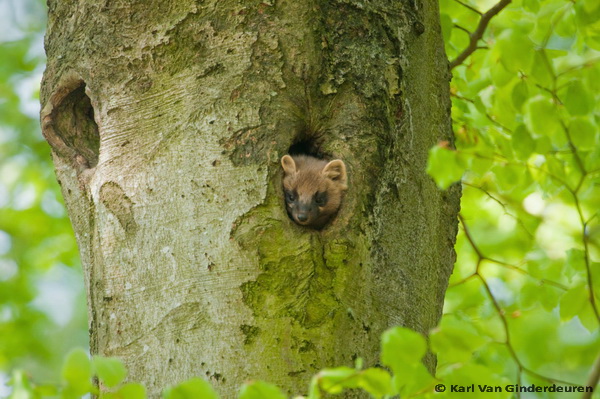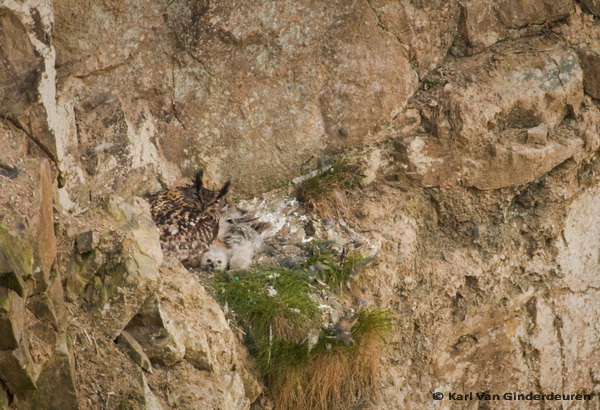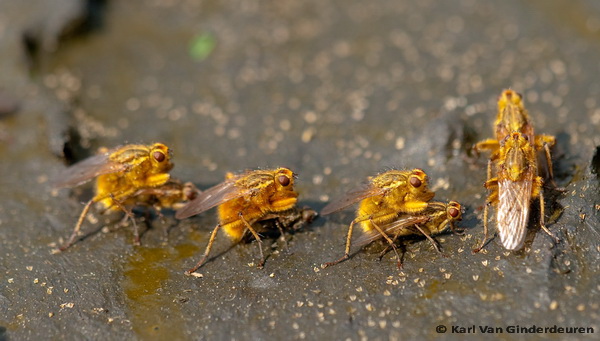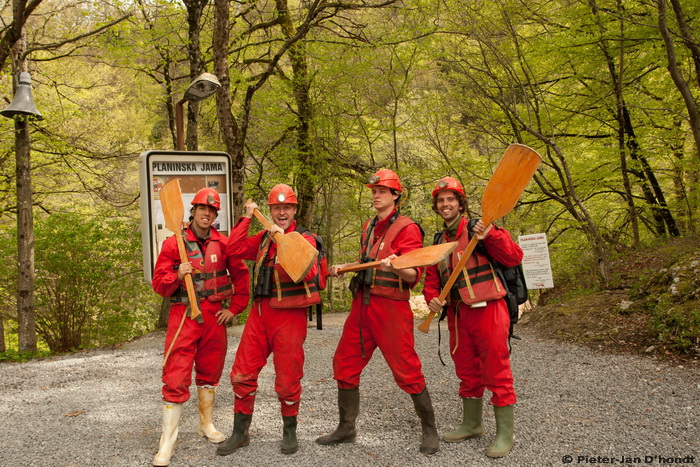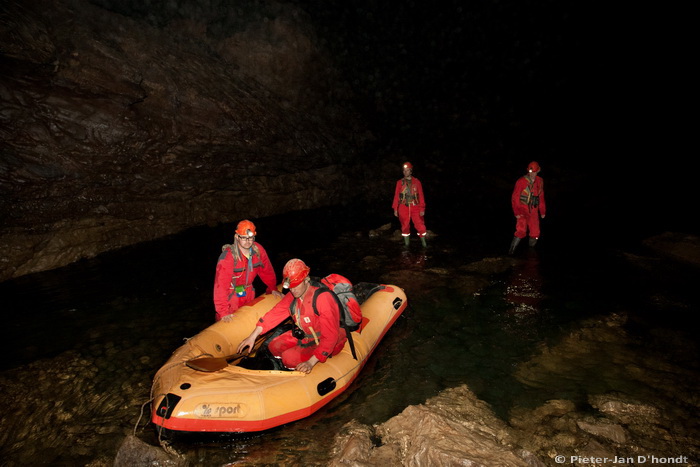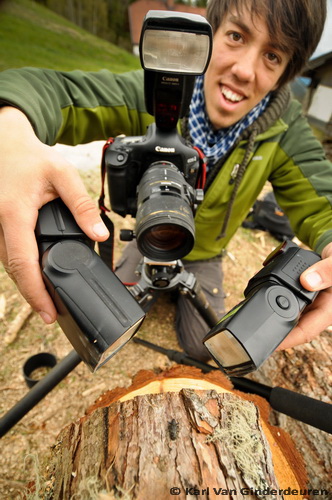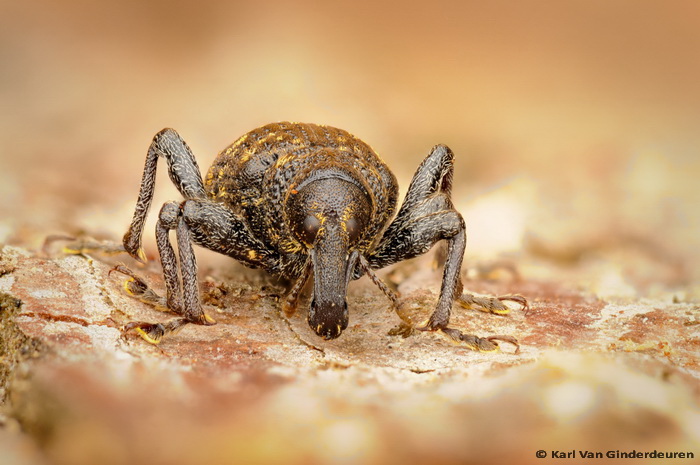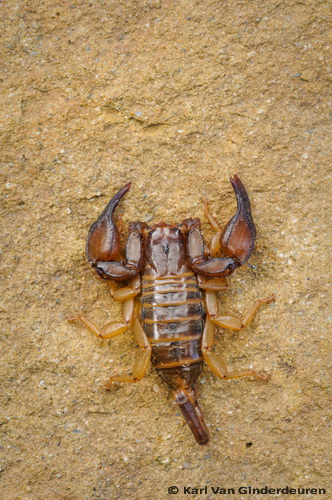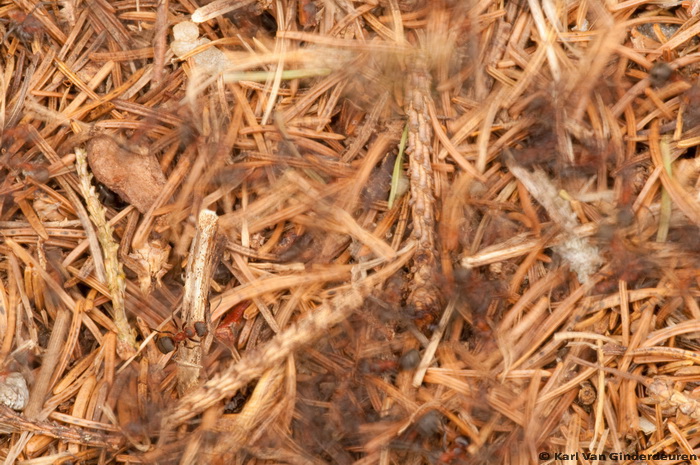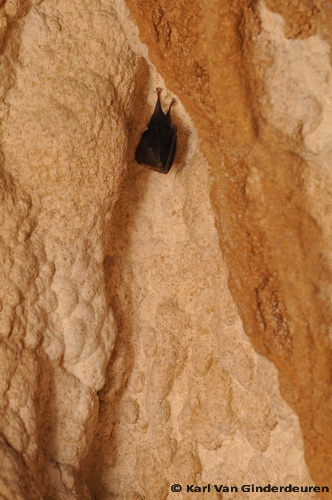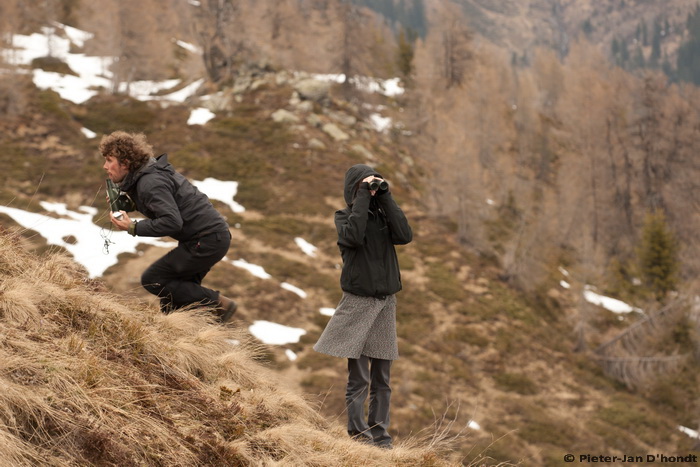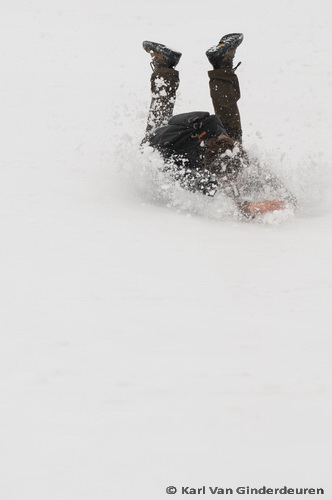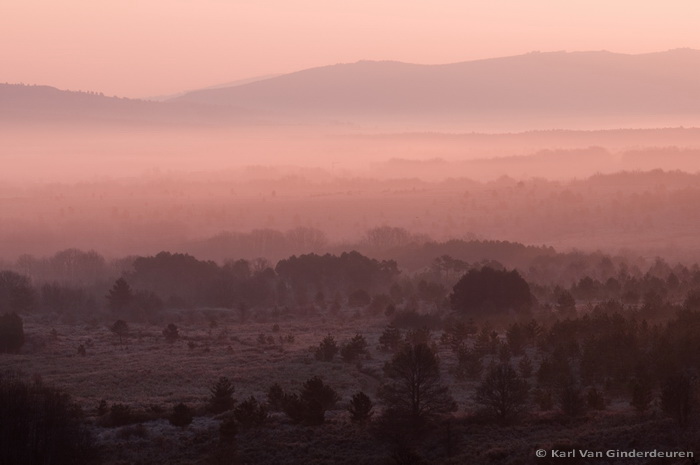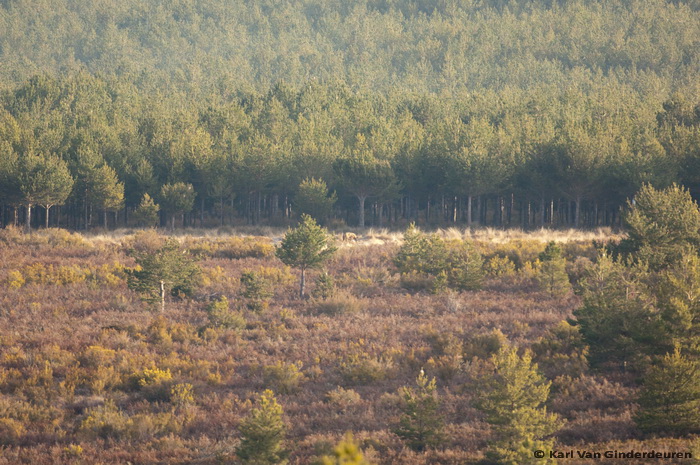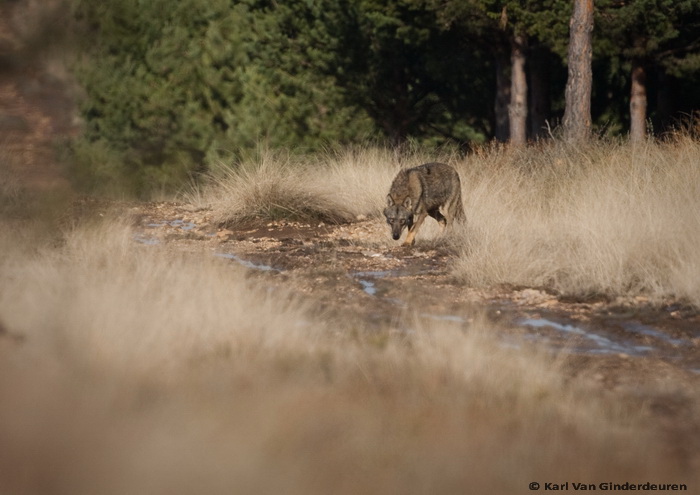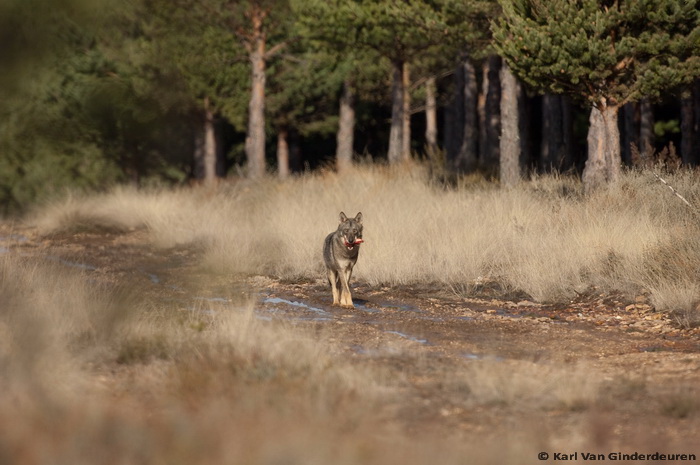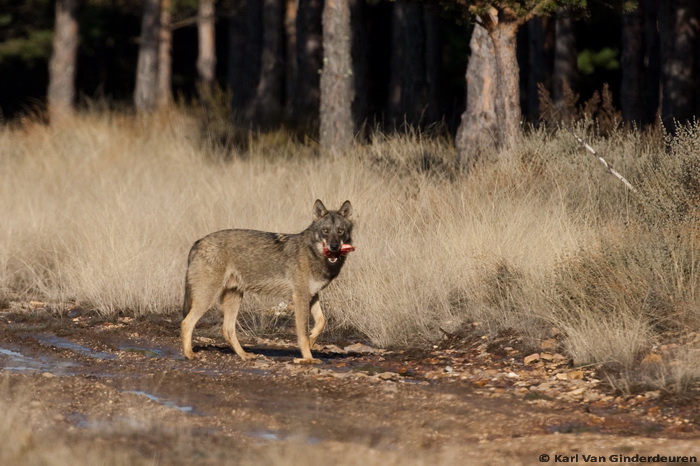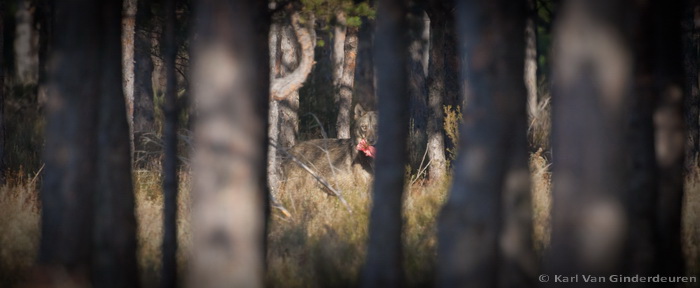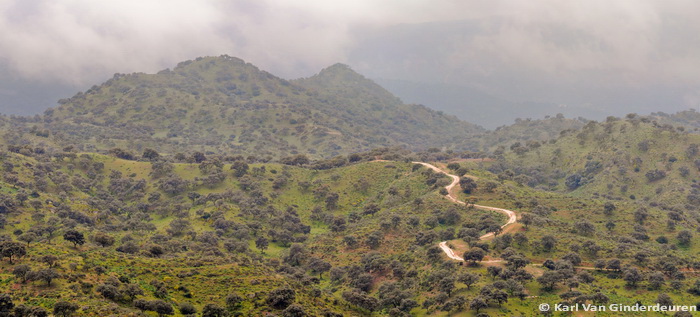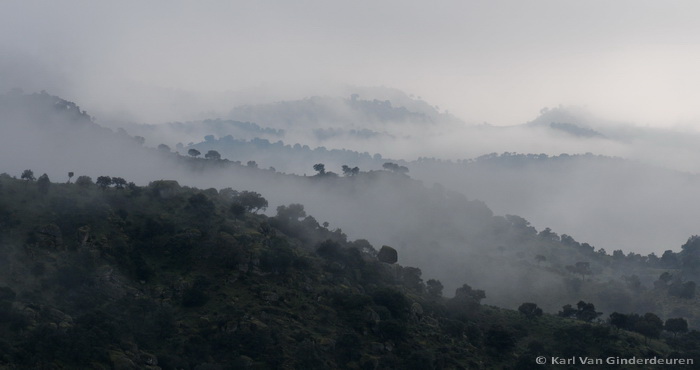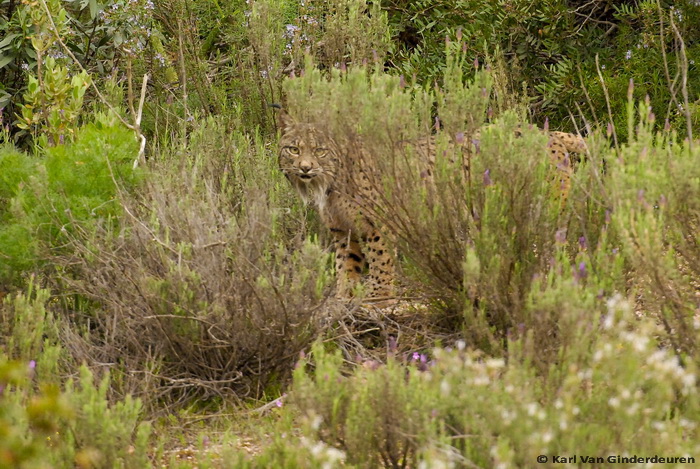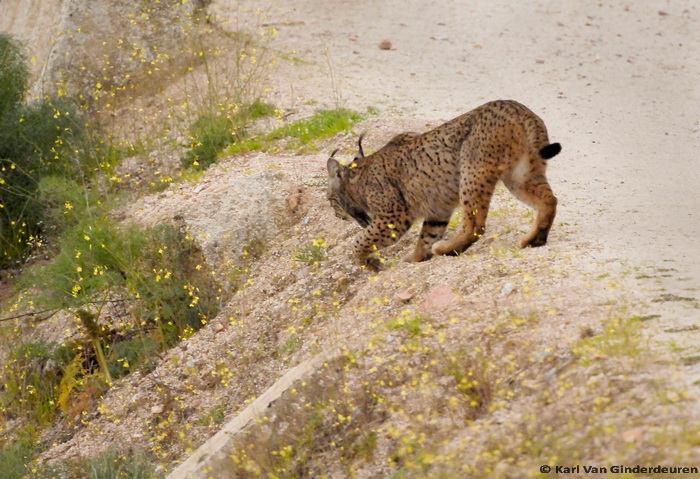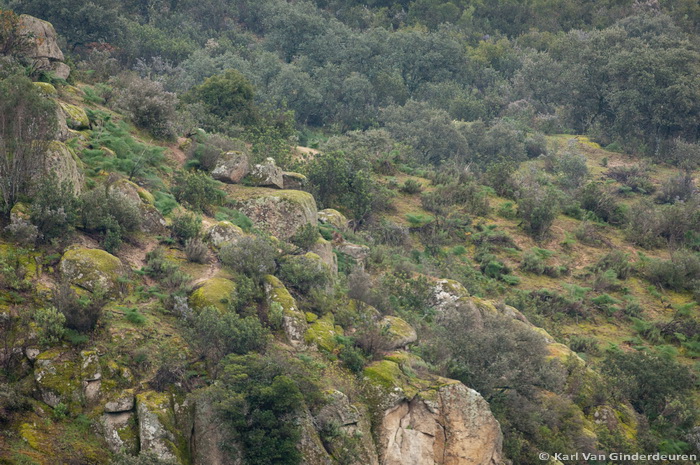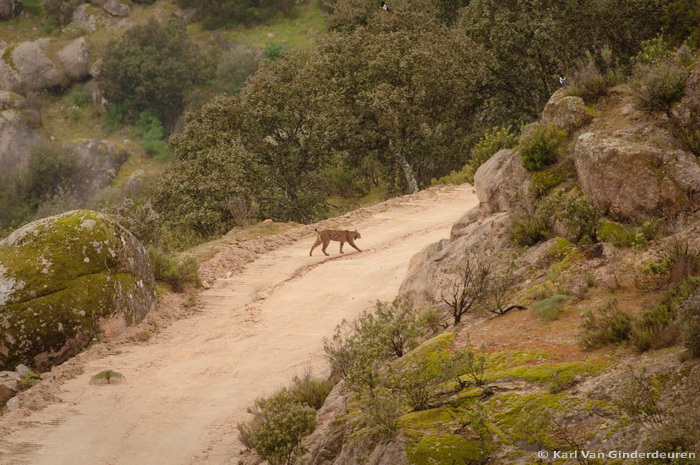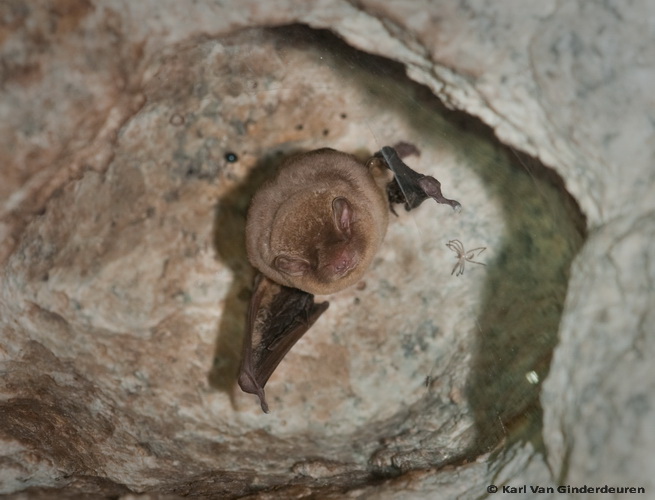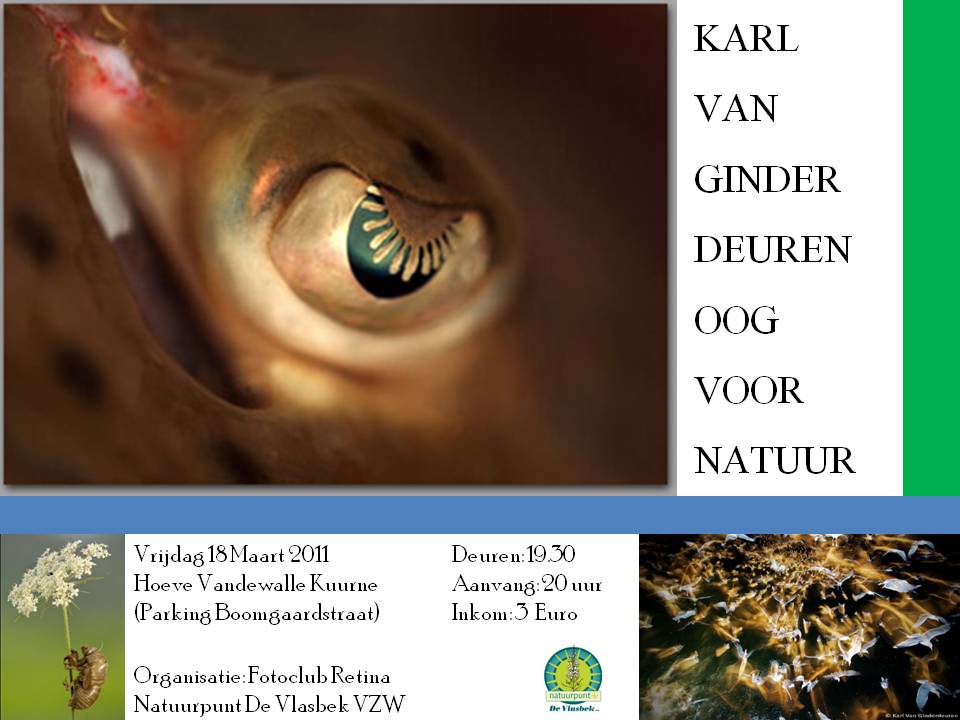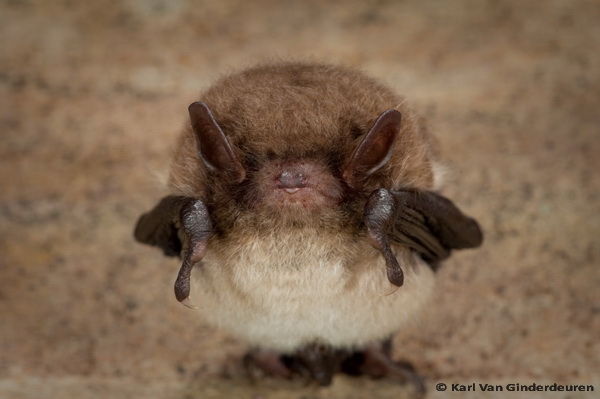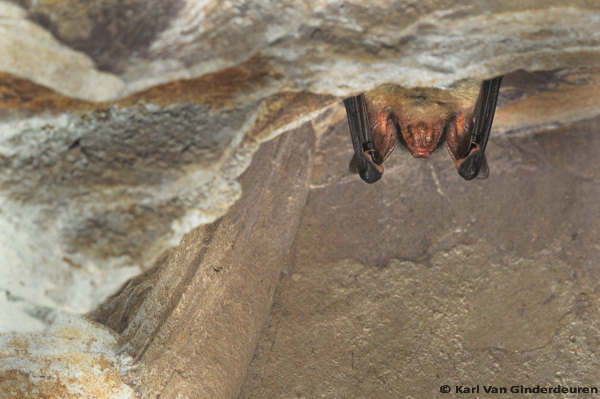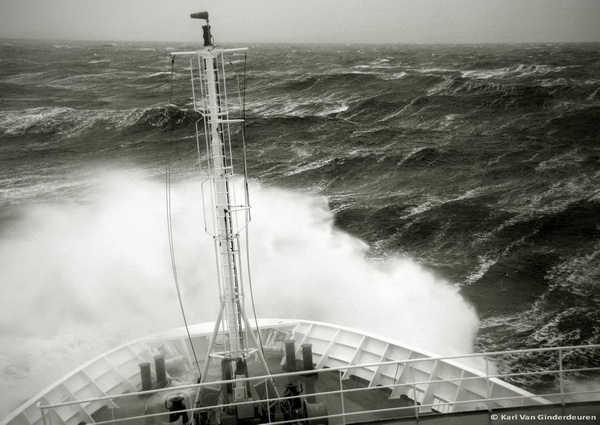Large Carnivore trips
Jan Kelchtermans is een copain van iwan en mezelf. Hij staat bekend om zijn wereldwijd uitgebreid net van lokale contactpersonen, met wie hij al veel succesvolle zoogdier- en vogeltrips heeft gemaakt.
Na bijna twintig jaar in het veld heeft ie zijn passie vertaald in een reisorganisatie, die zich toespitst op het zien van Europa’s grote carnivoren.
Op volgende website zie je zijn reisaanbod en enkele sfeerbeelden: http://www.europesbig5.com/
Mammals and birds in the Norwegian fjells
“It is by far the most expensive country I ever visited”
Everybody I know who has been to Norway. They are right.
“It’s Scandinavia, don’t expect to see wildlife around every corner”
Crosbill Guides
“There is no bad weather, there is only bad clothing”
Norwegian saying… Yeah right!
“In Varanger, rain only seems to fall horizontally, never vertically”
Trip report
“You think you’re on the surface of the moon”
My dad, describing the barren tundra landscape near the North Cape
“If you see one, don’t look it in the eyes and slowly walk backwards. Do not run!”
Nyrud police officer talking about Brown bears.
Jan Kelchtermans said “You’ll see one”
In the previous two weeks Iwan, Jochen and I went to Scandinavia trying to see wildlife typical for the Fjell ecosystem. In Norway and Sweden, fjell (Norwegian) or fjäll (Swedish) usually refers to any mountain or upland high enough that forest will not naturally survive at the top.
We were very lucky to do this trip this year, since 2011 is now considered one of the better “rodent years” in the last decades. Lots of rodents, and many rodent predators guaranteed.
It’s all about picking the right target species and then going for it!
We looked for Musk ox, Mountain lemming, Arctic fox and Great snipe in Dovrefjell National Park together with Jan & co, and subsequently went North to the Varanger Peninsula for Arctic species. We also visited the Pasvik valley, an area with some of the most pristine forest and bogs in Scandinavia.
DOVRE
Musk oxen need a very dry, cold and barren type of habitat. They are the only species of large herbivore capable of surviving such frozen wasteland. These large goats were reintroduced in 1932 in the Dovrefjell nature reserve, one of the driest places in Norway.
Notorious for being moody and often aggressive, we looked for and approached them with great care. The Dovre landscape comprises hidden hillsides and cracks which often leads to stumbling upon a Musk ox. It takes some time for the animals to get to know you, only then can one come close enough to photograph these rough beauties.
A very sought after and seldom seen carnivore in mainland Europe is the Arctic fox. Jan spoke to his many contacts and received good info of a mountain side where foxes and their tracks had been seen. After several hours of hiking a den was smelled/located underneath an abandoned shed. Sitting downwind between the rocks we could observe these small elusive foxes, hunting in the twilight of the arctic nights. We don’t know whether this particular fox was reintroduced (big project going on) or one of the original foxes. It was not collared.

Arctic fox overlooking its territory. We don’t know if this particular fox had been reintroduced or not. It wasn’t collared.
Dovre also produced many Mountain lemmings, one Forest lemming (in Sweden) and two Siberian jays.

Mountain lemming photographed at night
An ornithological masterpiece that all of us had been willing to see for a very long time is a Great snipe lek. Between 20-30 males were lekking at one time, for several hours. I took pictures until my camera decided that there was too little light coming in. Fantastic!
After three days of Southern Norway we traveled North of the Arctic circle towards Varanger. This remote part of Scandinavia is the only area in Europe which has a permafrost, as part of a Tundra ecosystem. Six days of tracking in cold and often wet conditions delivered us sightings of Humpback whale, White-sided Dolphin, Grey and Harbour Seal, Tundra vole (Noordse woelmuis), Northern red-backed vole (kleine rosse woelmuis), Grey Red-backed vole (rosgrijze woelmuis), Snowshoe hare and also King eider (30), Stellers eider (20), all six European auks, Arctic redpoll, Gyr Falcons at nest and many more. Only on the last day we managed to find a Yellow-billed diver.
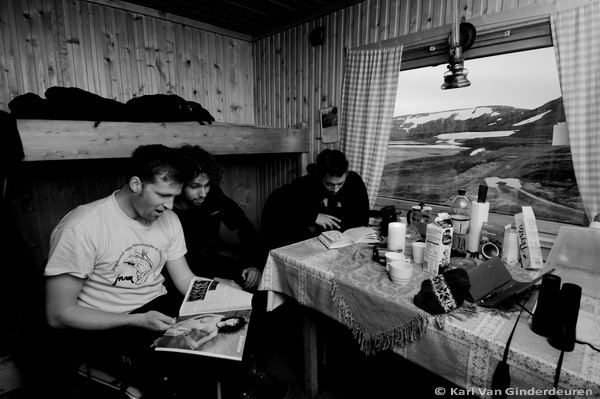
Iwan brought interesting taxonomical literature, describing how to split certain red-backed voles based on 16s ribosomal RNA sequencing.
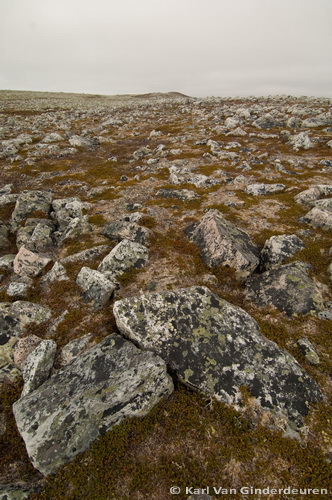
The rock formations found here belong to the oldest on earth and make for a spectacular landscape.
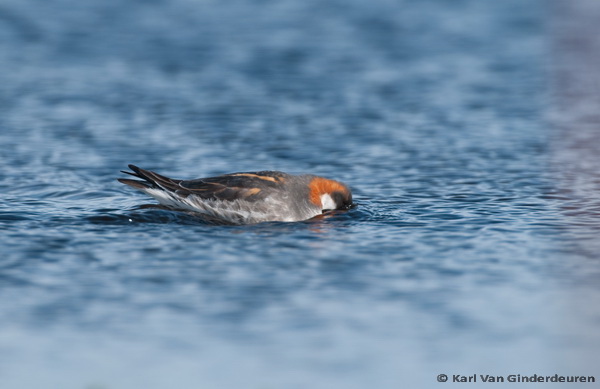
Red-necked phalarope fouraging
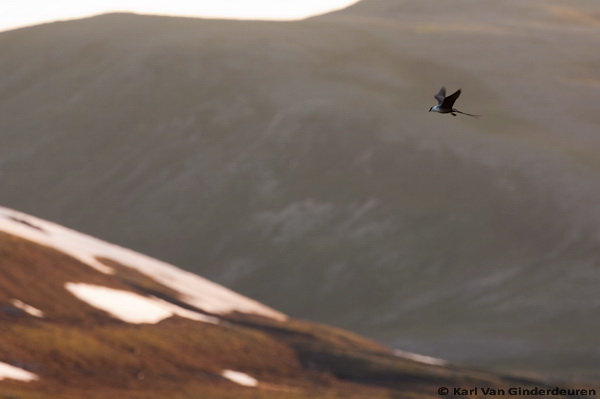
Streamer boy flying above the tundra
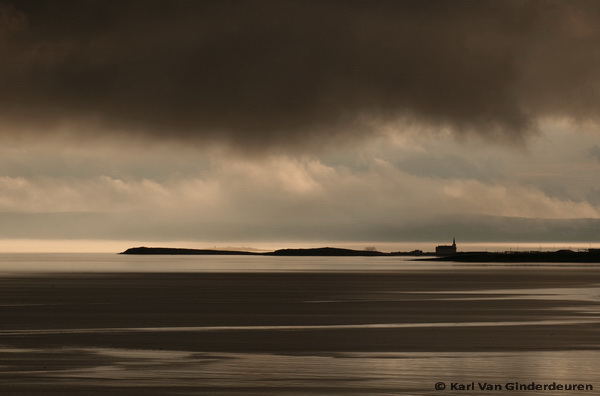
Nesseby church bathing in glorious light
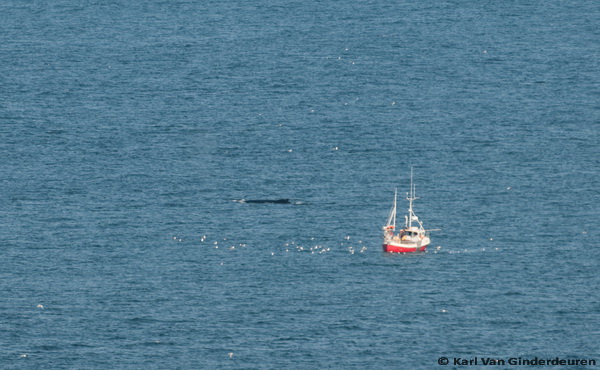
Humpback whale going after schools of Capelin (lodde) together with dozens of fishing vessels

Adult summer plumage Little auk: A very rare sight in mainland Europe. I never came across Little auk sightings in the reports I read
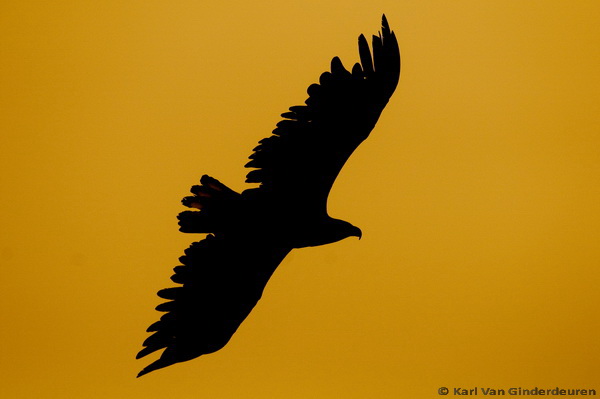
White-tailed eagle in sunlight
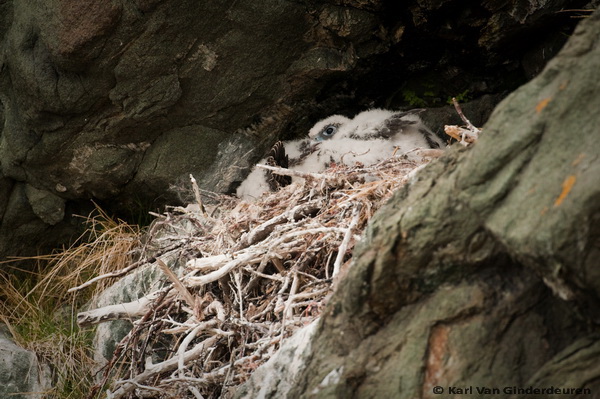
White-tailed eagle nest occupied by Gyr falcons!! (Thanks to Peter Claus & co for this)
There was a path going underneath the nest so people were passing here several times a day. Photo taken with 500mm + converter

A triple rainbow panorama it seemed. Apparently a double rainbow with a “tertiary” reflection.
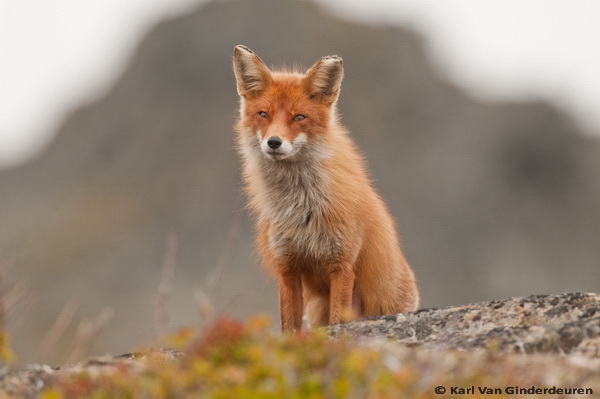
On the tundra we followed a fox towards its den. There I could photograph the intimate behaviour between mother and cubs
Finally, in our quest of seeing a Brown bear not near a dumpster or (expensive) feeding place, we visited the pristine Pasvik valley. The first day we went for birds and saw three Pine grosbeaks and several Siberian tits. Two more Forest lemmings were added to the mammal list.
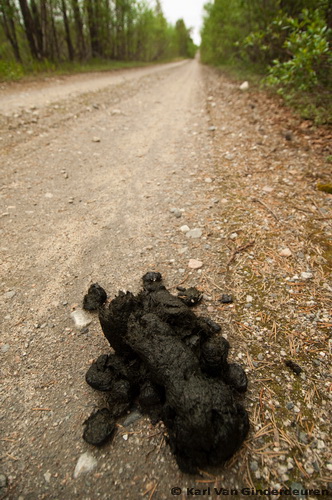
Bear droppings showing the bears were mainly feeding on grass
To see a bear, we changed our diurnal rhythm and slept during the daytime. At night we scanned the bogs on the border between Russia and Norway. All of this in hope of seeing “Fat Teddy” as Iwan likes to call them. On the night of the 9th of June we had been scanning for several hours when I saw a bear crossing the road. We went to the area where it had walked and started tracking it’s prints up the slope. Immediately the wary bear was on to us (it must have heard us) and sneaked away. We could follow it for a few seconds before losing sight. Too short, but very cool nevertheless.
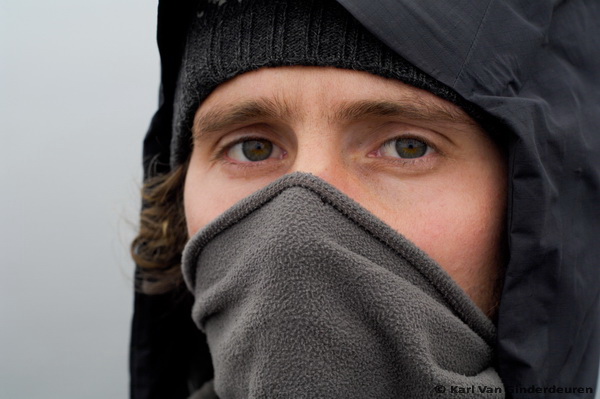 It was supposed to be a summer holiday…
It was supposed to be a summer holiday…
In total we saw 22 mammal species and some very cool birds.
What did we miss: Great Grey and Snowy owl: Hardly breeding in Finmark despite good numbers of prey.
We did not see a single bat in fifteen days, no Northern bat to add to the life list…
One Sweadish meadow, two European lynxes, in three days
“It’s a shadow, the phantom of the forest. It moves, allways unseen”
“I’ve lived in Sweden all my life. I’ve seen more than a thousand mammal species. I’ve never seen a European lynx”
“Guys, there’s a place in Sweden with a mother and cub European lynx present for several days now. I went there and saw them.”
“If I were you, go!”
…
Immediately I made some calls to people who might be interested. No response… As usual it was easy levelling with Iwan. We decided to leave the next day.
We had three days to drive the 1700km, try to see the lynxes and get back for work. On the way to Iwan, my car broke down. This meant transferring everything into the infamous Nissan Sunny, also known as “wrecky” or “The phantom of Kessel-lo”. Twenty hours later we were in Sweden, at the meadow where the Lynxes had been seen. Upon arrival we met an old friend, Henrik Lind (Club 300 foundation), with whom we had birded in Falsterbo several years ago.
Everybody very nervous, scanning non-stop, but no Lynxes. The local Great grey owl paid us a visit, nice indeed but no Lynx.
Nature photographer admiring Great grey owl at 30m
A few hours of sleep later, we were back at the meadow. Nothing there. Another two hours later, Iwan caught a glimpse of what looked like a Lynx. He lost sight of it. A very intense atmosphere was now present amongst the few Lynx watchers. Two minutes later, I noticed something moving in the grass, but I lost the animal as well trying to put the scope on it. Moments later I was looking in the eyes of the adult female Lynx… It was a MEGA
Probably the cub, moving along the forest edge
We saw mother and her cub for about an hour. A local photographer told us it was impossible to get closer when the mother is around. The cub itself was reported to be not shy at all.
My picture is nothing special, but shows a wild European Lynx, which makes the photo very special.
Tired Lynx watchers on the way home
“If this fails, it was the most stupid idea ever”. Iwan & Karl, Prior to leaving
Dank u zwarte specht
Sommige waarnemingen zijn mooi,
mooi omdat je er jaren hebt op moeten wachten.
In al die jaren van weekendjes in viroin, oostkantons en gaume had ik nooit de kans een boommarternest te zien.
Gisteren was het eindelijk prijs.
Een boom met niet minder dan zes gaten van zwarte specht had de aandacht van Kris getrokken. Er zijn toch heel veel bomen met spechtengaten, hoor ik u denken. Deze beuk sprong er meteen uit doordat er zich een latrine van boommarter bevond in de oksel van een tak.
In plaats van aan een boom te krabben, zet ik mij doorgaans op enige afstand en speel ik het geluid van een konijn dat gekeeld wordt. Roofdieren vinden dat bijzonder “interessant”, en komen eens kijken. Heb dat al succesvol toegepast op vos, oeraluil, ransuil, bosuil en wilde kat…
Telelens gericht op het gat, de tape even gespeeld en binnen de vijf seconden stak de boommarter zijn kop naar buiten. Snel wat beelden genomen, en weg gegaan.
Boommarter komt kijken (100% van origineel)
Iets verderop zat een wijfje oehoe met twee jongen in een steengroeve (80% van origineel).
Tussen de koetjes en de kalfjes was het dolle pret. Strontvliegen zijn dol op taarten.
(Poep en de) strontvliegen
Speleology
Vorige week verkenden Pieter-Jan, Iwan, Frans en ik Slovenië, een miskend land met veel natuur . We hadden via Jeroen Speybroeck contactgegevens gekregen van een gids die ons de olmen (Europese grottensalamanders) kon laten zien in het Postojna grotten systeem. The Postonja cave system is de benaming voor een lang karstgrotstelsel bij de Sloveense plaats Postojna. Met een lengte van 20km is het de langste grot van Slovenië en de op één na grootste druipsteengrot ter wereld. De grotten werden uitgesleten door de rivier de Pivka.
Wij gingen niet naar de meest gekende grot in dit stelsel (zeer toeristisch), maar kregen een permit voor met de gids in de Planina grotten te gaan. Een plek waar maar weinig mensen komen.
De Europese grottenolm Proteus anguinus is een van de weinige troglofiele amfibieën wat betekent dat het dier zijn hele leven uitsluitend in grotten doorbrengt. Het is de enige strikt in grotten levende gewervelde in Europa. De salamander is neoteen wat betekent dat de kenmerken van de larve grotendeels behouden blijven bij de volwassen exemplaren. Ledematen, vingers en tenen zijn gereduceerd en zeer klein, de kop valt duidelijk te onderscheiden van de rest van het lichaam door de opvallende externe kieuwen achter de schedel.
De soort werd voor het eerst beschreven in 1768 en is sindsdien uitgebreid door biologen bestudeerd. De olm werd vanwege de afwijkende anatomie al door Darwin aangehaald in zijn boek On the origin of species. Hij schaart de olm onder de wrecks of ancient life, vrij vertaald één van de overblijfsels van het oerleven.
Deze blinde salamander leeft in grotten langs de kustlijn van de Balkan. Biologen die de salamander bestuderen worden geconfronteerd met de zeer moeilijk na te bootsen natuurlijke habitat. Veel onderzoeks laboratoria zijn om deze reden gebouwd in bestaande grotten, waardoor de olm in situ bestudeerd kan worden. Dergelijke grotten zijn te vinden in Engeland, Duitsland en in België in de grotten van Han!
De olm is goed aangepast aan voedselschaarste: uit onderzoek is gebleken dat het dier tot 10 jaar zonder voedsel kan overleven! Door de uiterst trage ontwikkeling kan de soort heel oud worden. Er zijn exemplaren die een leeftijd van meer dan 70 jaar hebben bereikt, geschat wordt dat de maximale leeftijd boven de 100 jaar zit. Dat maakt van de grottenolm de langstlevende bekende amfibie ter wereld. Ze worden in Slovenië tot 30 (uitzonderlijk zelfs 40cm) groot.
Ongelofelijk: Voor we de grot binnen gingen, kwamen we de Beastie boys tegen
Fotomateriaal in waterdichte tas, en peddelen maar tot aan de stukken waar de Olmen zitten.
Adulte grotten olm zwemmend
Adulte olm. Deze dieren zouden tot 100 jaar oud worden
Stack van een 25tal beelden van een snuitkevertje
Leven in de brouwerij
In Slovenië kom je op puur geluk indrukwekkende grotten tegen. Niets is afgesloten, foto toont kleine hoef in natuurlijke grot
Persoon links hoort steenpatrijs, en begint te flippen.
Pieter-Jan op zijn eigen manier van dalen
Wij vonden het een groot voorrecht om deze witte schimmen in de eindeloze Planina grotten te mogen waarnemen. Daarnaast trokken we nog wat beeldjes her en der. Voor top beelden van de olmen moet je eigenlijk een onderwater huis hebben, zoals Rollin, of de dieren in een aquarium steken…
Eviva España
Wat hou ik ervan, carnivoren op te sporen. Ze ruiken je, luisteren altijd aandachtig en zien snel onraad. Honderden jaren afknallen heeft van hen maar al te vaak zeldzame nachtspoken gemaakt, met een neus voor onraad.
Het lijkt onmogelijk geworden om deze grote jagers in West-Europa nog aan het werk te zien, maar in Spanje echter kan het nog. Vorige week gidste ik samen met Jan een reis met als doel Iberische wolven en Pardellynxen te zien te krijgen.
Ik hoor u zeggen “moet je dat niet in Finland fotograferen, grote carnivoren?” Ik heb die betalende hutten in Finland eerder bezocht, echt bevredigend kan je die peperdure openlucht zoos niet noemen. Overal plastiek bakken met eten rond je schuiltent, weinig natuurlijks aan. Geef mij maar moeilijke, schuwe, wilde dieren. Dat de foto’s daardoor veel moeilijker om maken worden, neem ik er gaarne bij.
The Shiest
We wisten waar we moesten zijn: twee plekken met recente Lobo activiteit. Op de eerste avond stonden we stil te luisteren toen plotseling voor ons in het duister een roedel wolven begon te huilen. Een primitief geluid dat door merg en been gaat. Ik krijg opnieuw kippenvel terwijl ik dit schrijf… Toch zagen we ze niet in deze vallei.
La Pista, de bekendste wolvenplek in Spanje
Wolvenhabitat
Diana was met ons toen we van bevriende boswachters en biologen vernomen dat er elders een kadaver lag, dat onherroepelijk wolven zou aantrekken.
Wolf op het kadaver, 1000m afstand
Na twee dagen aanzitten op een kleine kilometer van het aas, werd duidelijk dat het kadaver een wolf had aangetrokken (een wijfje van twee jaar oud, dochter van de alfa wolvin van deze roedel). Het sluipen begon en ik had het geluk dat terwijl ik onder de wind dichterbij kroop door de natte heide, het fris voorjaarszonnetje in mijn rug stond. Het licht zat goed, ISO checken, beetje onderbelichten. En nu dicht genoeg raken!
80m, nog te ver. Toch al maar een foto nemen. Ziet ze me?
Tien minuten sluipen op handen en voeten, telelens op de rug. Meter per meter dichterbij. Alle takjes omzeilen. 60m klik klik.
50m! Buffer vol, foto toont wolvin met vlees dat ze elders ging begraven.
Ze hoorde de camera, maar rook of zag mij niet. Toch trok ze het dichte sparrenbos in, in het veilige duister. Ik lag daar, hartslag 180, en tussen de bomen keken wilde wolvenogen me aan. Ik zal haar nooit vergeten
The Rarest
Jan, ik en Iwan gingen al verschillende keren naar Andalucia voor Pardellynx te zien. Zelf kwam ik nooit verder dan een fotoloze waarneming gedurende een halve minuut op 200m, en dit na vier dagen aanzitten op een plek waar vier territoria overlappen. Het kon dus beter…
De pardellynx Lynx pardinus is de zeldzaamste kat ter wereld met een totale populatie van 282 individuen. Tot in de sixties algemeen over gans Spanje, slonk de populatie Iberische lynxen drastisch (tot <100 ex) door konijnenplagen. Het dieet van deze carnivoor bestaat immers voor >90% uit konijnen. De pardellynx komt vandaag de dag enkel voor in Parque nacional de Doñana en Sierra morena. Binnenkort begint men met een uitzettingsproject in Extremadura.
Dé lynxenplek in Spanje, Sierra morena
Ochtendmist in lynxenterritorium
Het was een rustige avond in het territorium van een koppel lynxen, Spaanse keizerarenden vlogen over, een Oehoe riep. Telescopen wezen alle kanten uit toen plosteling het diepe Miauw van een mannetje lynx weerklonk. Mijn adem stokte terwijl een oorverdovende stilte zich van de vallei meester maakte. De toppredator ging op pad…
“IK ZIE ZE, daar in de struik”, fluisterde iemand opgewonden. De twee lynxen hadden vooral oog voor elkaar, waardoor de fotograaf dichter kon sluipen. Ik wachtte rustig af. Weinig licht, hoge ISO, diafragma volledig open. Op hoop van zegen. Plots stond hij 30m voor me op de flank, grote gele ogen, oorpluimpjes, lange baard, opgewipte staart: mannetje pardellynx in de zoeker!! Intens, zeer intens. Ze staken het pad over en gingen konijnen jagen, we konden ze nog een kwartier volgen in de schemering.
Overstekend jong mannetje, check de testikels :s
Het maakt je nederig, deze Spaanse toppers te mogen zien. Naast wolven en Lynxen hadden we mooie waarnemingen van Otter (nabij nest), eikelmuis, tientallen grote trappen, plekken met tientallen roepende veenmollen enz. Ook zag ik twee nieuwe zoogdiersoorten: Schreibers vleermuis en Paarse hoefijzerneus…
Schreibers vleermuis
Paarse hoefijzerneus
Praatje
Op 18 maar organiseert NP De Vlasbek VZW samen met Retina zijn ondertussen traditionele natuurfotografie-avond.
Na een aantal gevestigde waarden (Tom Linster – Marc Espeel – Yves Adams) is het blijkbaar tijd voor wat onervaren geweld.
Persoonlijk vind ik het redelijk bangelijk om in die mannen hun voetzolen te mogen treden als spreker.
Al wie zin heeft om te komen, wees welkom!
Onbekend maakt onbemind
Volgend weekend is het weer zover.
Slechte broek aan, slechte jas, verrekijker en veel extra batterijtjes voor de lamp: dat kan alleen het fortentelweekend zijn.
Het fortentelweekend is zoveel meer dan een innig weerzien van ondergrondse escapisten die moeilijk gedijen in de wereld van files en rode lichten. Want waar anders dan in de Antwerpse forten kan je zo dicht bij huis zoveel vleermuizen tellen?
Voor foto’s te nemen moet je er niet naartoe gaan, tellen is de boodschap. Of zoals Brady Bar het zo vaak postuleert: “getting the precious data”
Be there or be square!
Grote hoefijzerneus
Vale vleermuis
Zwaar weer
La provocation fait avancer les choses…
Elke logisch nadenkende mens die weet wat er de komende jaren aan economische dreigingen op ons afkomt, weet ook dat we helemaal niet klaar zijn om onze toekomstige welvaart zónder groei te realiseren. Nochtans slaat Tim Jackson de nagel op de kop en is dit de sleutel tot een duurzame toekomst. Kenneth Boulding verwoordde het als “Anyone who believes exponential growth can go on forever in a finite world is either a madman or an economist”
Groei wordt precair nu de menselijke overpopulatie de draagkracht van de planeet begint te bedreigen. De dreigingen zijn: dure energie en grondstoffen, hoge vergrijzingskosten en schulden, sterke immigratie en nog onbekende kosten door de effecten van de gevaarlijk dalende biodiversiteit en de opwarming van het klimaat. Elke verstandige mens ziet deze dreiging van snelle verarming aankomen en wil zich daar op voorbereiden. Om dat in België te kunnen, weten we al een jaar of vijf, moeten we eerst ons bestuur reorganiseren, door het transparant, sober en efficiënt te maken. Moeilijk is dat niet: het buitenland is ons al jaren voor, we hoeven simpelweg te kopiëren.
De bestuurlijke chaos, het ongenoegen en de enorme inefficiëntie die hier ontstaan zijn na decennia wafelijzers en compromissen laten immers niet meer toe deze zware economische en ecologische uitdagingen aan te gaan.
In het actuele debat rond de staatshervorming missen zij die snel willen “springen” de kans om voor de evidente, grondige hervorming van onze chaotisch en inefficiënt bestuurde staat te gaan. Wie heeft baat bij nóg meer wafelijzerpolitiek en compromissen met nog meer hopeloze versnippering van bevoegdheden tussen de verschillende beleidsniveaus. Het moet echt beter, het moet efficiënter. Check deze samenvatting eens…
Volgens mij moeten beide landhelften dringend solidair zijn. Roepen “On est demandeurs de rien” is alvast geen eerste stap in de goede richting. Het land splitsen lijkt helemaal te gek voor woorden: als we zelfs BHV al niet gesplitst krijgen (iets wat door een rechter vastgelegd is)… Een bedrijf dat op dergelijke manier bestuurd zou worden, zou al meermaals failliet geweest zijn, en dat wil toch wat zeggen.
